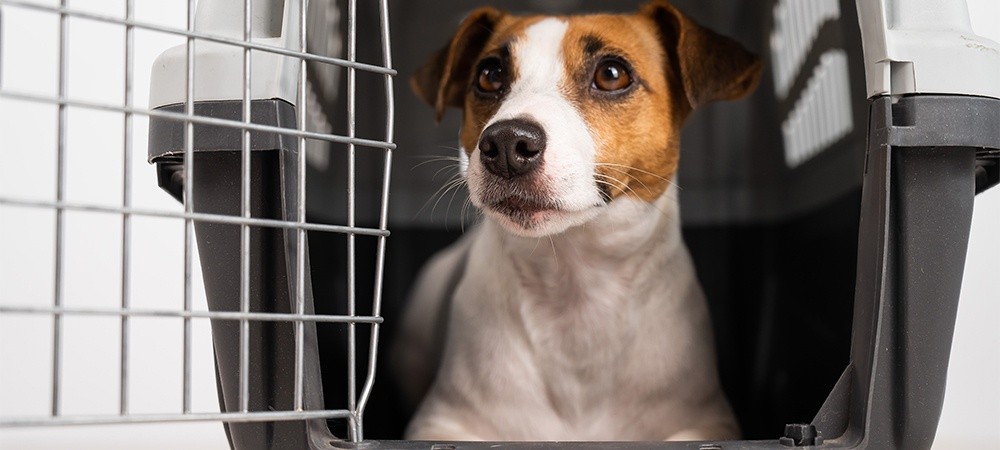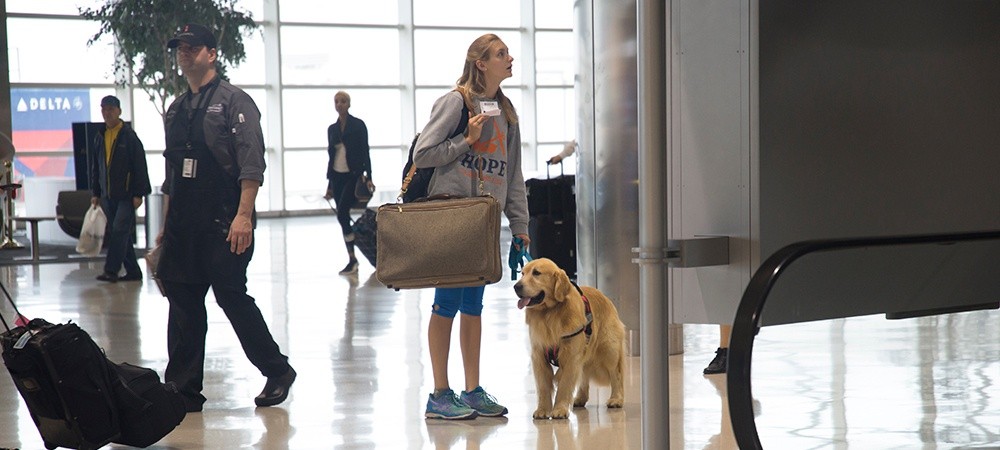A cross-country journey is a full-day event for humans and a marathon for pets. Relocating is more than packing boxes; it means guiding your dog or cat through new sights, smells, and schedules.
That’s why it matters to plan carefully. Setting timelines, gathering documents, and easing animals into carriers reduce last-minute shocks and keep everyone calm.
The good news? A little structure goes a long way.
Related Article: What Documents You Need When Moving from Saskatchewan to Ontario
Use these step-by-step tips to keep tails wagging from the Prairies to the Great Lakes.
Check Health and Legal Requirements
Before mapping the route, confirm that your pet meets federal and provincial rules.
An early vet appointment avoids paperwork drama:
- Rabies vaccination certificate – required for dogs, cats, and ferrets aged three months or older.
- General health certificate – airlines often insist on one, even on domestic legs.
- Microchip verification – not mandatory inside Canada, yet invaluable if a collar slips during rest stops.
Save digital copies to your phone and tuck printed versions into a glove-box folder.
Vet Visit Checklist
Book a visit two to four weeks out so you can act on any advice.
- Physical exam: uncover hidden ear or dental pain that may flare on the road.
- Vaccines: renew core shots if they expire within six months of arrival.
- Parasite prevention: fleas and ticks wake earlier in southern Ontario’s spring.
- Motion-sickness plan: discuss ginger chews or prescription meds if past drives were rough.
- Carrier weigh-in: confirm the loaded crate stays within airline limits.
Ask your vet whether mild sedation is safe; never guess the dose yourself.
Related Article: A Step-by-Step Checklist for Moving from Saskatchewan to Ontario
Choose the Right Travel Method
Every family balances time, money, and comfort differently. Here is what to weigh up before picking wheels or wings.
Road
Driving from Regina to Toronto is roughly 2,600 km or 28–32 hours behind the wheel. Schedule two overnight stops and aim for breaks every three hours.
Pros: full control, familiar smells, lower cost for multiple pets.
Cons: longer trip, unpredictable Prairie snow in shoulder seasons.
Air
A non-stop Saskatoon–Toronto flight trims transit time to under four hours. Pets too large for the cabin travel in a temperature-controlled hold.
Pros: faster arrival, fewer hotel shifts.
Cons: stricter crate rules, higher fees, paperwork.
Tip: Reserve early-morning or late-evening flights to avoid midday tarmac heat.
Prep Your Pet for a Long Drive
Long stretches of highway feel endless to animals unused to motion. Ease them in three weeks before departure.
- Start with ten-minute spins round the block, then extend to an hour.
- Feed half of each daily meal inside the crate so it becomes a happy place.
- Play the same calming playlist on every practice drive; familiarity helps on moving day.
- Clip a temporary ID tag with your Ontario cell number, and trim breakfast by one-third on departure morning to curb nausea.
Pack a Pet Travel Kit
A tidy kit keeps essentials within reach instead of buried in boxes.
- Collapsible bowls and bottled water
- Two days of food in airtight tubs, plus a scoop
- Spare leash or harness in case one breaks
- Blanket or T-shirt that smells like home
- Waste bags and enzyme cleaner for accidents
- Small first-aid pouch with vet-approved pain relief
- Printed certificates and licences
Stow the kit on the back seat, never in the trunk, so you can grab it at rest stops.
Manage Breaks and Overnight Stays
Rest areas with grassy strips away from traffic are safest. Keep cats inside the vehicle; leash dogs and use a reflective collar at dawn or dusk. Choose “pet-friendly, ground-floor” rooms and ask for one near an exit. A white-noise app masks hallway sounds that trigger barking or meowing.
Related Article: The Cost of Moving from Saskatchewan to Ontario
Understand Ontario Rules and Registration
Landing in a new province means fresh paperwork. A quick overview here spares headaches later.
Municipal bylaws require dog and cat licences within 30 days of arrival. Fees range from $15 to $60, depending on desex status and city. Apply online once you have a local address.
Ontario’s breed-specific legislation bans new pit-bull-type dogs. If your companion is an American Pit Bull Terrier, American Staffordshire Terrier, or resembles those breeds, phone the destination municipality before finalizing plans.
Keep the rabies certificate in the glove compartment year-round; public health officers may ask for proof after any bite report.
Help Pets Adjust After Arrival
Even confident animals need decompression time. Set up one quiet room with the old bed, toys, and litter box while movers unload. For the first two days, feed and walk at Saskatchewan times, then shift the schedule by one hour daily until you match Ontario.
Begin with calm leash walks around the block before tackling busy dog parks. Southern Ontario humidity can feel heavy to Prairie pets, so top up water bowls often.
Related Article: A Guide to Shipping Pets from Canada to the US
Work with Professional Carriers
Flying while your vehicle and household goods travel by truck is common. RoadLINX can coordinate both freight and pet transport, arrange temperature-controlled holding if dates slip, and provide GPS tracking so you always know where your belongings—and your furry family—are.
Quick Reference Checklist
A fridge-door list keeps everyone on track.
- Book vet appointment – four weeks ahead
- Order new ID tags – three weeks ahead
- Daily crate practice – two weeks ahead
- Confirm airline or hotel pet rules – two weeks ahead
- Pack travel kit – two days ahead
- Reduce breakfast – departure morning
- Licence pets in Ontario – within 30 days
Print, tick, done.
Ready for the Road Ahead
Respect your animal’s pace, meet legal duties, and lean on experts when needed. When you want every kilometre handled with care, RoadLINX is ready to steer the logistics while you focus on happy paw prints and new memories.
Reach out today for a free pet travel quote and start planning the smooth move you and your best friend deserve.





